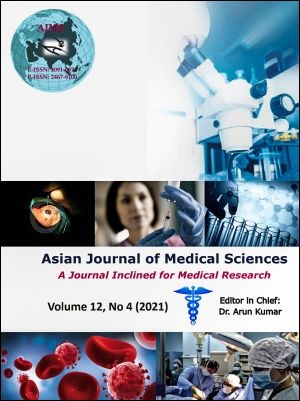High-Dose amoxicillin supported with clavulanic acid as empirical therapy in acute otitis media
Keywords:
Acute otitis media, Amoxicillin, Amoxicillin/clavulanic acid, Penicillin-resistant Streptococcus pneumoniae (PRSP), Otitis prone, Efficacy, RelapseAbstract
An increase in the daily dose of amoxicillin from 45 mg/kg to 90 mg/kg was introduced in late 2000 to respond to increasing presence of penicillin-resistant Streptococcus pneumoniae (PRSP) in Acute Otitis Media (AOM) and in other respiratory infections. The basis for this recommendation is a well understood mechanism of resistance among PRSP as well as established safety profile of amoxicillin with known tolerance to high doses. The addition of a standard dose of clavulanic acid provides protection against resistance present in other pathogens involved in AOM and other respiratory infections. A formulation of high dose of amoxicillin with standard dose of clavulanic acid has been developed to meet the increasing needs for efficacy against bacteria with growing antibiotic resistance. While, on the one hand, there is continued empirical use of standard/lower dose of amoxicillin (45 mg/kg/day) or a second- or third-generation cephalosporin in AOM, on the other hand, there is evidence of a rise in intractable cases (relapses or first-line therapy failures). In addition to this, an evolving disease bacteriology and regional variation in antibiotic susceptibility are determinants of clinical outcome in AOM. The current paper discusses the unmet areas and explains rationale behind guideline-directed empirical high-dose amoxicillin supported with clavulanic acid in AOM.
Downloads
Downloads
Published
How to Cite
Issue
Section
License
Authors who publish with this journal agree to the following terms:
- The journal holds copyright and publishes the work under a Creative Commons CC-BY-NC license that permits use, distribution and reprduction in any medium, provided the original work is properly cited and is not used for commercial purposes. The journal should be recognised as the original publisher of this work.
- Authors are able to enter into separate, additional contractual arrangements for the non-exclusive distribution of the journal's published version of the work (e.g., post it to an institutional repository or publish it in a book), with an acknowledgement of its initial publication in this journal.
- Authors are permitted and encouraged to post their work online (e.g., in institutional repositories or on their website) prior to and during the submission process, as it can lead to productive exchanges, as well as earlier and greater citation of published work (See The Effect of Open Access).




